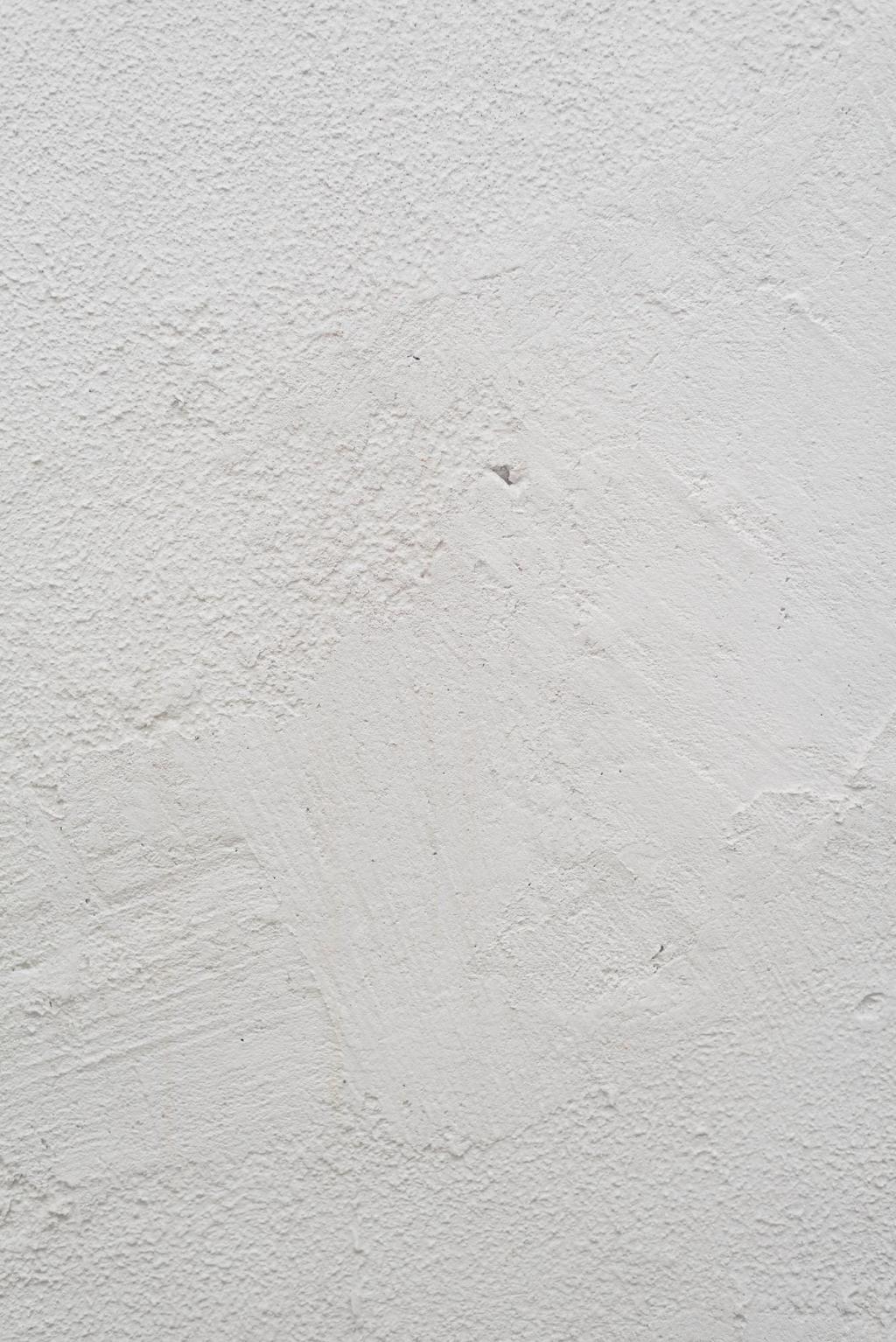Foundations of Minimalist Sustainability
In a minimalist home, integrity means choosing materials that are responsibly sourced, durable, and healthy to live with. Think FSC-certified wood, Cradle to Cradle–vetted products, and pieces with Environmental Product Declarations you can actually read and trust.
Foundations of Minimalist Sustainability
Before a purchase, consider extraction, manufacturing, transport, use, maintenance, and end-of-life. Ask how a material will age, how easily it can be repaired, and whether it can be reused or recycled without quietly becoming tomorrow’s trash.









